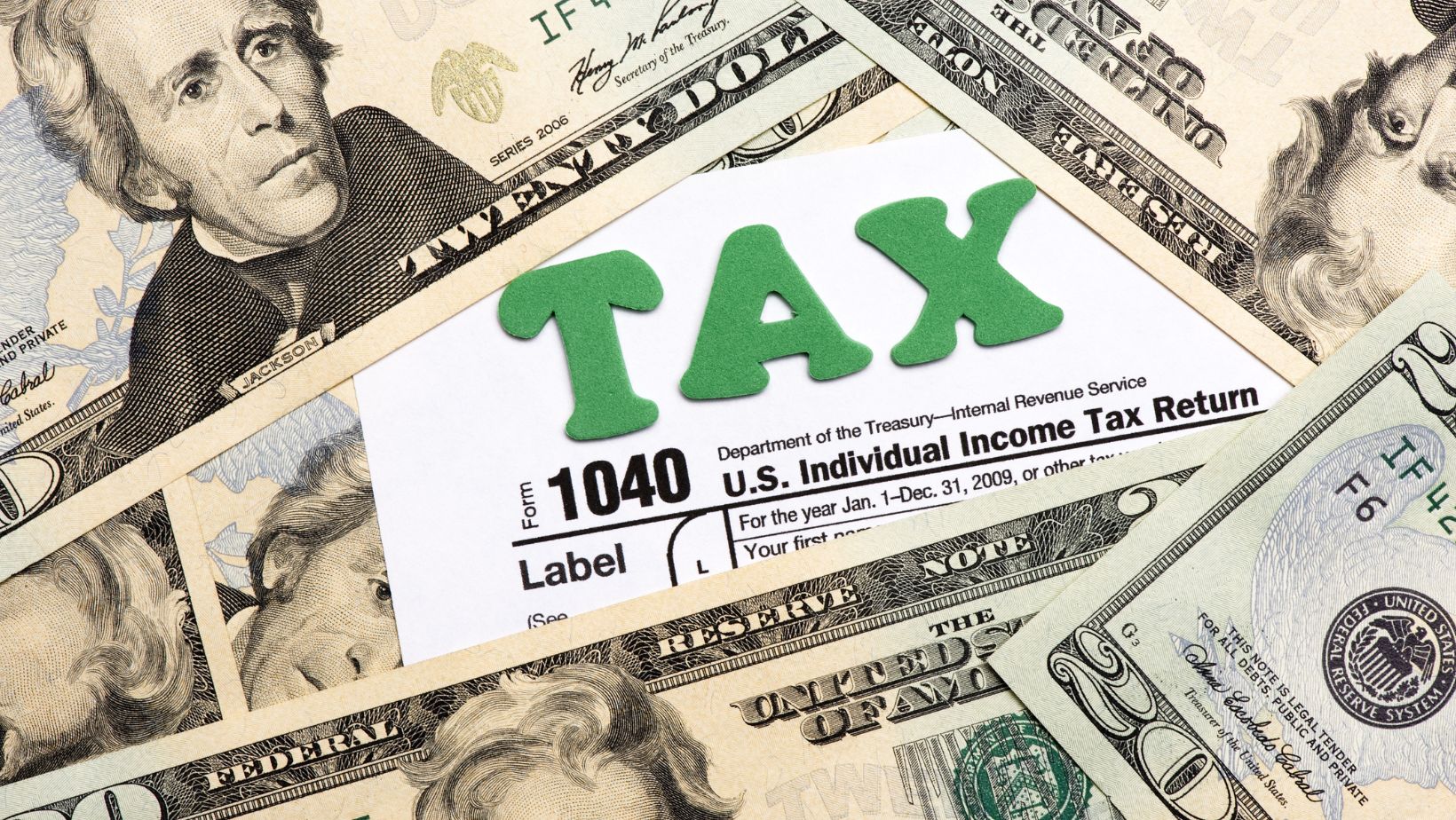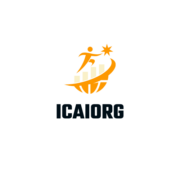Imagine strolling down the supermarket aisles, filling your cart with essentials, and not worrying about the extra cost of taxes. Sounds like a dream? Well, it’s not. Welcome to the world of tax-free groceries, a concept that’s fast gaining traction in various parts of the globe.
Tax Free Groceries
Envision the comfort of strolling down the supermarket aisles, selecting necessities, and not fretting over additional tax costs. This is a reality under the concept of tax-free groceries. Let’s delve into some expert tips and the subtle differences between taxable and non-taxable groceries, and explore the regulations governing tax-free groceries in the US.
Differences Between Taxable and Non-Taxable Groceries

Items in supermarkets generally fall into two distinct categories: taxable and non-taxable. Ponder foods that require considerable preparation or are consumed on the premises. These comprise of typically taxable grocery items. Examples include hot foods, meals from the deli, or specialty coffee drinks. Contrast this with items you’d typically find in a shopper’s grocery basket. Imagine essentials like whole fruits, vegetables, meat, and bread. They’re categorized as non-taxable since they’re typically consumed off the premises and require personal preparation.In the US, tax laws vary by state, hence tax-free groceries regulations hold regional significance. Majority of states, approximately 32 out of 50, exempt groceries from sales tax or apply a reduced rate. Noteworthy, the definition of groceries is a contextual constraint. For instance, California exempts candy from sales tax under the umbrella of ‘groceries,’ while other states like Alabama tax candy at the full rate, not considering it a ‘grocery.’
Benefits of Buying Tax Free Groceries
Embracing tax free grocery shopping can result in significant advantages. The benefits span from monetary savings to improved household budgeting.
Monetary Savings From Tax Free Groceries

Procuring tax-free groceries can lead to substantial financial savings. The absence of sales tax on groceries essentially lowers the total cost incurred during shopping. It effectively reduces the item’s price by the percentage equal to the sales tax rate. For instance, if the sales tax rate is 7%, the cost of a $100 grocery purchase decreases to $93 when buying tax-free items. Over time, these savings can accumulate, reducing annual grocery expenditures by significant margins.The budgeting process for households can be positively influenced by tax-free grocery shopping. With groceries often a significant portion of household expenses, any savings can free up funds for other necessities. For a family that spends $600 per month on groceries, a 7% tax exemption can translate to an extra $42. This sum can be reallocated to other budgetary needs such as utilities, education, or savings, thus promoting financial health and stability in the household. As a result, purchasing tax-free groceries affords a level of predictability and control over food expenses, fostering a more efficient financial management for households.
How to Identify Tax Free Groceries
Dissecting how to identify tax-free groceries involves understanding product labeling and barcodes, as well as harnessing smartphone apps and grocery websites. Informed choices can shine a light on tax-free way of shopping, enhancing budget management and savings.
Interpreting Product Labeling and Barcodes

Product labeling offers a wealth of information. They serve as vital tools to identify tax-free groceries. In terms of foodstuffs, labels encompass details like the product’s name, nutrition facts, and ingredients. However, it’s this data that indicates its tax status. For instance, if an item’s list comprises ready-to-eat meals, it’s likely subject to tax.
Uncovered in the arrangement of lines and spaces on products, barcodes offer valuable tax clues. UPC (Universal Product Code) barcodes, a frequent sighting on grocery items, aid in its tax classification. For example, a ‘zero’ in the initial position unveils it as a grocery product, typically tax-exempt. Hence, reading barcodes can indeed become an unsung ally in identifying tax-free groceries.

